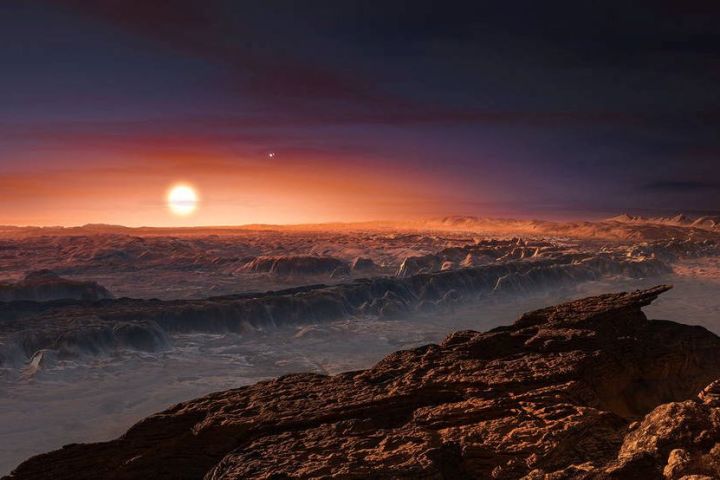
An exclusive report in New Scientist reveals the plans of a group of engineers at NASA’s Jet Propulsion Laboratory (JPL) in California. The mission concept, which was presented at the annual conference of the American Geophysical Union, also promises to use technology that doesn’t exist yet. “It’s very nebulous,” said Anthony Freeman of JPL.
The only spacecraft that’s ever left our solar system is Voyager 1, and it’s travelling through interstellar space at about 30,000 miles per hour. Although Alpha Centauri is right next door in galactic terms, it’s still 4.3 light-years away, or about 25 trillion miles to us Earthlings. A spacecraft like Voyager would take nearly 80,000 years to get there.
The NASA team hopes to develop technology that would propel the interstellar probe at one-tenth the speed of light. Outer Places speculates that such technology might involve generating thrust by using a laser shining on micro-organisms. Other possibilities being floated include using nuclear reactions or matter-antimatter collisions.
Even at 10 percent the speed of light, the future probe would take 44 years to get to Alpha Centauri. NASA may have some competition, however, if the space agency hopes to get there first.
Breakthrough Starshot is a venture from Breakthrough Initiatives, a $100 million non-governmental program created by Russian billionaire Yuri Milner, and they also have their sights set on Alpha Centauri. They plan to reach 20 percent of light speed using a tiny wafer attached to a superthin sail propelled by laser beams.
Renowned physicist Stephen Hawking is also part of the project. “With light beams, light sails and the lightest spacecraft ever built, we can launch a mission to Alpha Centauri within a generation,” he said during a news conference at the One World Observatory. The ambitious plan still has a few obstacles to overcome before it becomes a reality, however.
The Alpha Centauri system consists of three stars, two of them about the size of our sun orbiting each other as well as a tiny red dwarf star. The discovery of Proxima Centauri b, an Earth-sized exoplanet that may be suitable for life, has scientists excited about what we may discover.
“The limit that confronts us now is the great void between us and the stars, but now we can transcend it,” said Hawking. “Because we are human, and our nature is to fly.”


